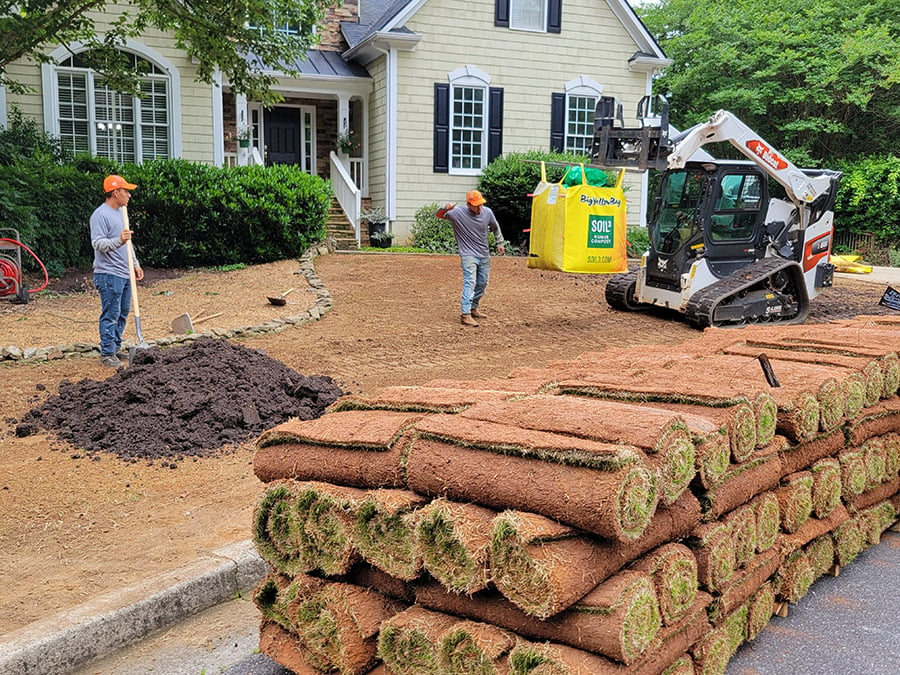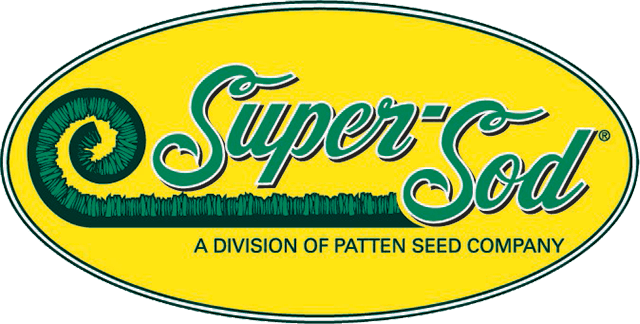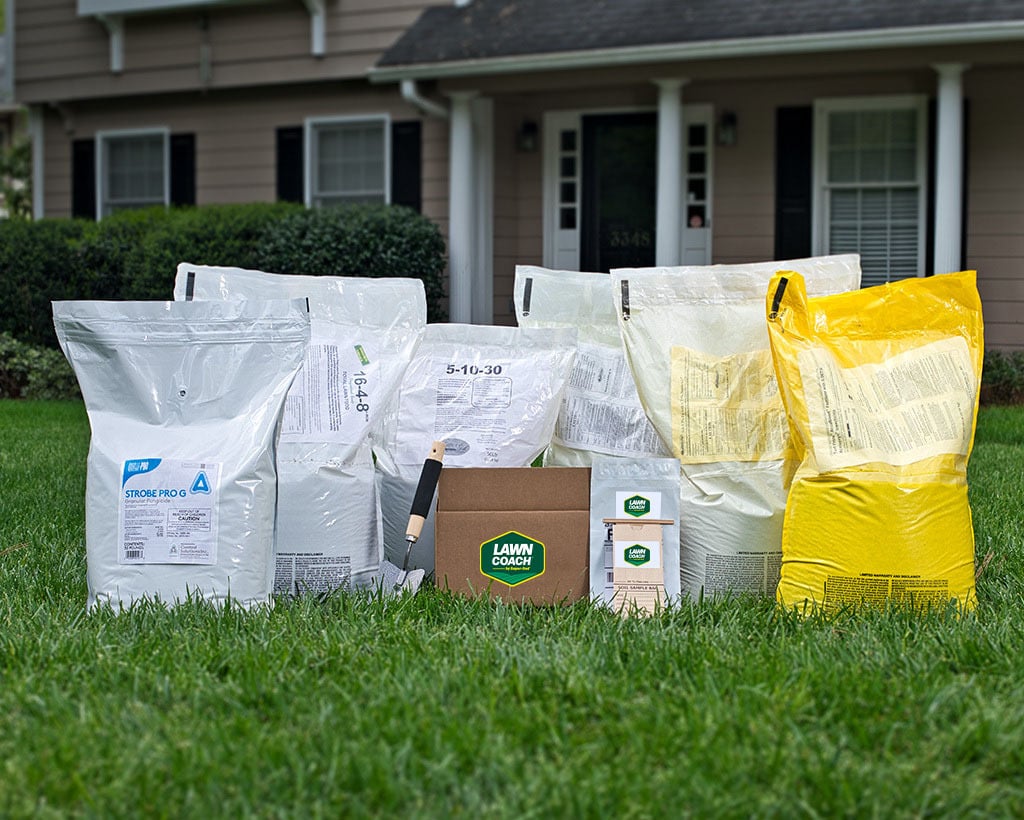

One of the best-kept secrets to achieving a thriving lawn is incorporating high-quality Soil³ humus compost into your soil preparation process.
Humus compost is organic matter that has undergone significant decomposition, breaking down to the point where it no longer resembles mulch in texture. Instead, it has transformed into fine particles, making nutrients readily available for release into the soil.
By using bulk Soil³ humus compost sold in a BigYellowBag as a soil amendment before planting grass seed or laying sod, you’re setting the stage for long-term lawn success.
Why Compost is Essential for New Lawn Preparation
Incorporating Soil³ compost into your lawn prep delivers numerous benefits that ensure your grass gets the strong start it needs:
- Compost Improves Soil Structure: Compost breaks up compacted soil and enhances aeration, creating a more hospitable environment for root growth.
- Compost Balances Soil Moisture Levels: It helps soil retain water while improving drainage in heavy, compacted clay.
- Compost Boosts Soil Health: It enriches your soil with natural nutrients and beneficial microorganisms that support grass growth and helps prevent lawn diseases.
- Compost Balances Soil pH Levels: Compost has a neutral pH, so it balances the pH of native soil: it raises the pH of acidic soil (a common problem in clay) and lowers the pH of alkaline soil (a common problem where limestone is the bedrock).
- Compost Minimizes Fertilizer & Lime Inputs: Rich in natural nutrients, compost reduces the reliance on chemical fertilizers and lime. However, we always recommend soil testing to determine precise fertilizer and lime needs because Tall Fescue lawns may always benefit from lime added to the soil and Centipede lawns may never require it because it loves acidic soil.

Step-by-Step Guide: Preparing a New Lawn with Compost
Follow these steps to ensure your lawn gets off to the best possible start:
- Define Your Lawn Area: Mark the area where you plan to plant grass or lay sod.
- Calculate Your Compost Needs: 1 cubic yard BigYellowBag of Soil³ compost per 1,000 square feet of lawn.
- Clear the Area: Remove weeds, old vegetation, and debris like rocks or roots.
- Grading: Ensure the soil is leveled as much as possible and slopes away from buildings, patios, and driveways.
- Incorporate Compost: To improve the structure and nutrient content, till or rake Soil³ compost into the soil as an amendment.
- Lay Sod or Seed: Follow specific steps for laying sod or planting grass seed using Soil³ compost to achieve the best results.
How to Care for New Sod
- Watering: Water new sod as you lay down pieces, then water for several weeks to keep it "wet like a sponge" until it roots. Keep seeded lawns moist until they germinate, then gradually reduce watering. Follow the rest of our advice laid out in How to Water Lawns.
- Weed Control: Look up specific weeds and techniques for weed control in Weed Control for Lawns.
- Mowing New Lawns: It's safe to mow your new sodded or seeded lawn as soon as there is something to mow - either weeds or new grass growth. This simple practice will help keep weeds at bay and will prevent scalping of your brand new investment. Read all our mowing pointers in How Soon Should I Cut My Grass.
- Ongoing Maintenance: Look up monthly and seasonal maintenance tips for your type of lawn in Lawn Care by Grass Type.
- Ongoing Lawn Care with Compost: Once your lawn is established, annual aeration and topdressing with Soil³ humus compost is a game-changer. Topdressing improves soil health, adds organic matter, and even replaces at least one fertilization per year. This simple step keeps your lawn lusher and darker green, plus it’s a solid organic lawn care practice. Learn more about topdressing lawns on the Soil³ website: Topdressing for Lawns.

When can New Lawns be Prepped with Compost?
You may be wondering about seasonal timing, can this be done anytime in winter, spring, summer, and fall? Thankfully, here in the South you can prepare soil with compost any time of year since the ground seldom freezes. Compost is as good for your soil in winter as it is in summer and the rest of the year.
How Much Compost is Needed for Lawn Care?
To ensure optimal soil amendment amounts and set your sod up for strong root development, we recommend:
- For Sod Installation: Tilling or raking in one BigYellowBag of Soil³ compost (1 cubic yard) for every 2 pallets of sod (approximately 1,000 square feet).
- For Planting Grass Seed:
- New Lawns: Tilling or raking in 1 BigYellowBag of Soil³ compost (1 cubic yard) for every 1,000 square feet where you will plant a new lawn from seed.
- New Lawns: Mulch for New Seed: as mulch over seed instead of straw – 1 Cubic Yard per 2,000 sq. ft.
- Overseeding an Existing Lawn: 1 Cubic Yard per 2,000 sq. ft.
- For Topdressing Lawns: To replace a fertilizer application, use 1 BigYellowBag of Soil³ compost (1 cubic yard) for every 1,000 square feet of established lawn.
Using compost during lawn preparation isn’t just an extra step—it’s the foundation for a healthy, beautiful lawn. Invest in your soil now, and enjoy the benefits of a thriving lawn for years to come.






